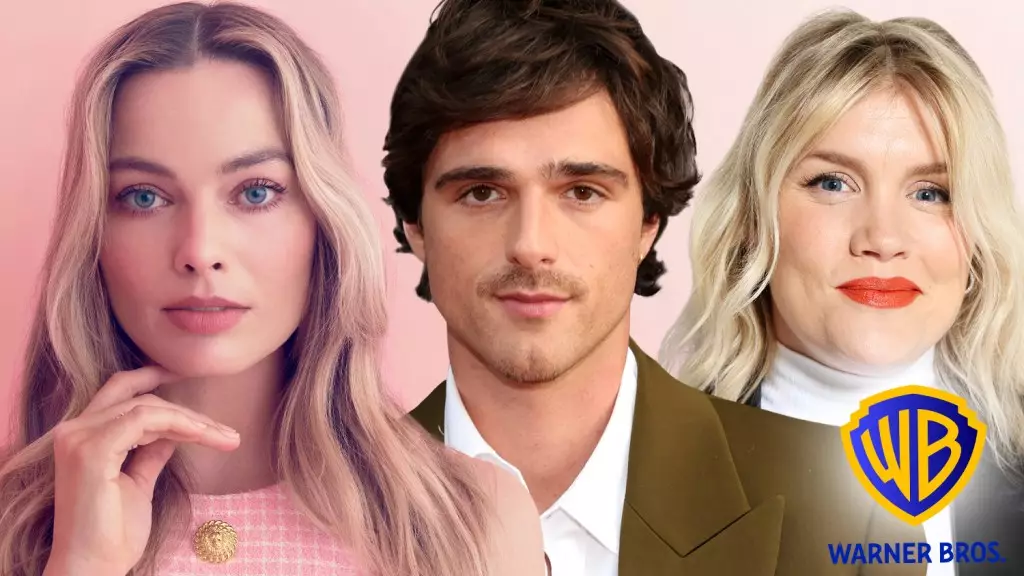The cinematic world continues to embrace classic literature, creating adaptations that not only retell timeless tales but also draw contemporary audiences into their folds. A notable upcoming project is the feature adaptation of “Wuthering Heights,” directed by the Oscar-winning Emerald Fennell and produced by Warner Bros. Motion Pictures Group alongside MRC. This fresh take on Emily Brontë’s seminal 1847 novel promises to arrive in theaters on February 13, 2026, and is set to attract a significant female demographic, thanks in part to a star-studded cast featuring Margot Robbie and Jacob Elordi.
Margot Robbie’s portrayal of Catherine Earnshaw and Jacob Elordi’s role as Heathcliff represent a pivotal draw for the film, particularly among female audiences. The choice to cast powerful, popular figures points to a strategic decision aimed at maximizing box office appeal. Alongside these leads, the film will feature talents like Hong Chau, Alison Oliver, and Shazad Latif, enhancing its star power and potential to resonate with viewers. This calculated targeting of demographics speaks volumes about the industry’s awareness of current trends and audience preferences.
The battle for the rights to “Wuthering Heights” was notably intense, with Warner Bros. securing the project in a bidding war against heavyweights like Netflix and Amazon. The fact that Warner Bros. acquired the project for $75 million—considerably lower than Netflix’s whopping $150 million offer—reflects a strategic, if not bold, approach to the cinematic landscape. Fennell and Robbie’s insistence on a theatrical release hints at a broader trend in the film industry that favors in-person viewing experiences, indicating a resurgence of traditional cinema as opposed to merely relying on streaming platforms.
While plot specifics remain tightly under wraps, the anticipation surrounding Fennell’s adaptation can be attributed to her unique storytelling capabilities and distinctive cinematic style. Fennell, known for her fresh take on storytelling, promises an interpretation of “Wuthering Heights” that could likely echo the emotional turbulence and complex dynamics within its pages. This duality of character relationships—especially between the Earnshaws and Lintons—will undoubtedly provide a fertile ground for her artistic direction, sparking curiosity regarding how these themes will be presented for a modern audience.
The decision to weave “Wuthering Heights” into Warner Bros.’ 2026 lineup alongside other strong female-driven narratives, such as Universal’s adaptation of Colleen Hoover’s “Reminders of Him,” signifies a noteworthy trend in Hollywood towards films centering female experiences and perspectives. The choice to release multiple films targeting the same demographic indicates a robust market and a thriving environment for female-led stories, potentially reshaping industry norms and expectations. As the landscape of cinema evolves, it will be intriguing to watch how these films perform at the box office and influence future adaptations and productions.
With a strong directing hand, a powerful cast, and a rich narrative backdrop, “Wuthering Heights” has all the ingredients for a cinematic triumph. The anticipation brewing around its release speaks to the broader shifts within the film industry, highlighting an encouraging trend towards media that reflects varied perspectives while embracing the classics in modern storytelling. As we await its debut, discussions around gender dynamics, adaptation strategies, and audience engagement will continue to enrich the discourse around this project and similar endeavors in the pipeline.

